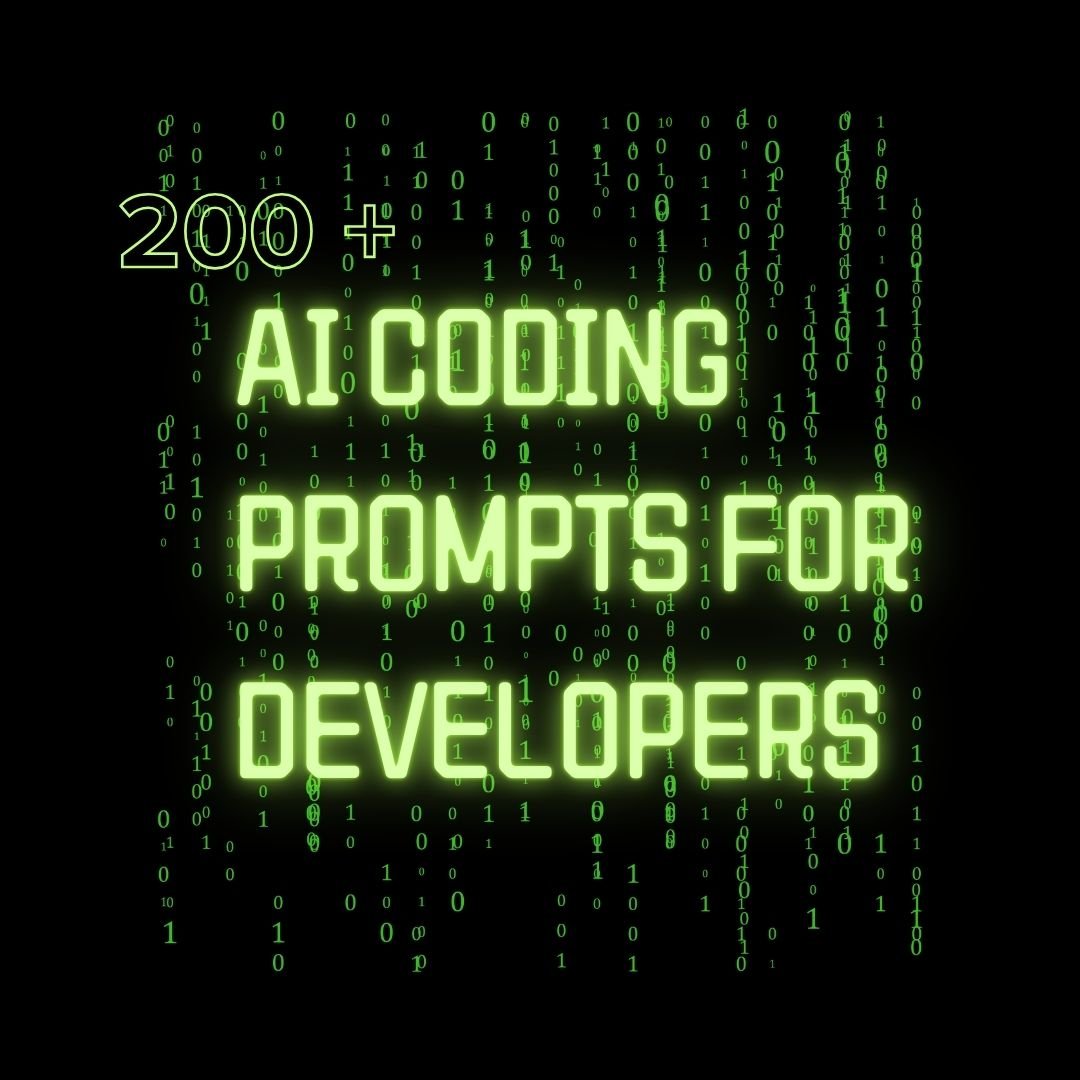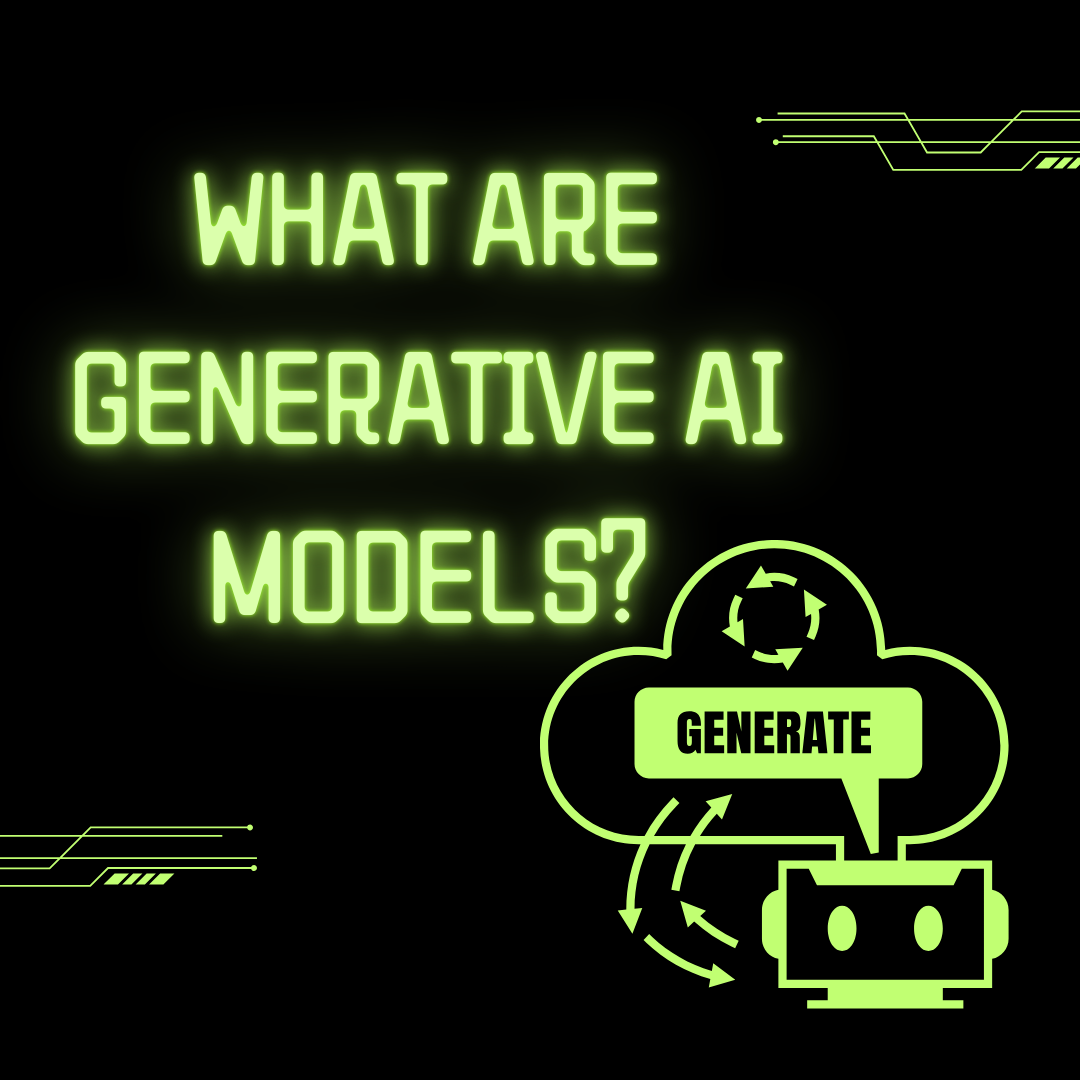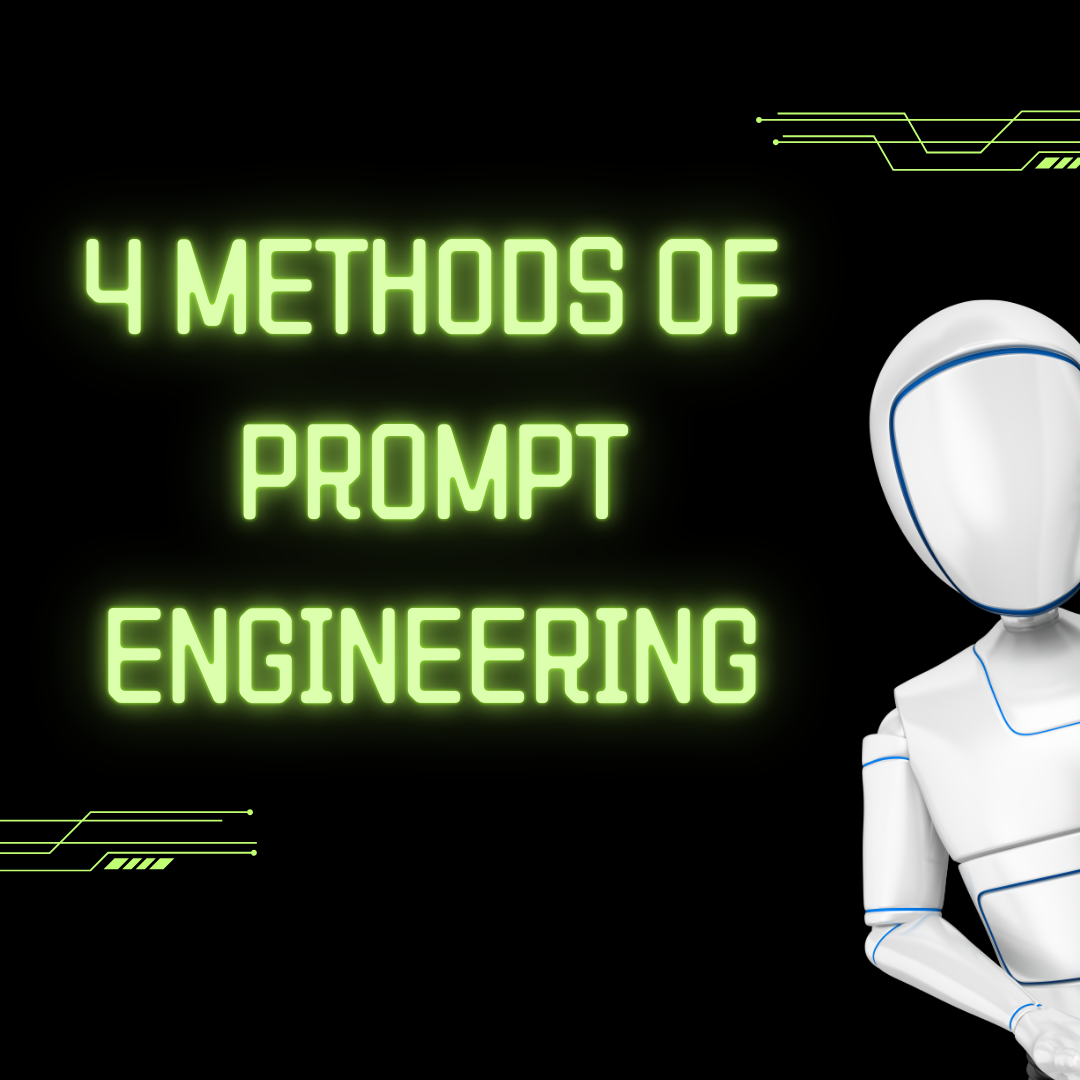Artificial Intelligence (AI) has become an indispensable tool for developers. It saves time, boosts productivity, and helps tackle even the most complex coding challenges. Whether you’re a seasoned developer or just starting out, mastering how to use AI effectively is a game-changer. We’ll first explore four essential AI prompts and strategies you can implement to supercharge your workflow. Even if you’re not a developer, you’ll find these strategies adaptable to other tasks. Let’s dive in! 1. The Q&A Strategy AI coding Prompt The Q&A Strategy Prompt is a unique way to collaborate with AI by letting it guide you to better solutions. Instead of trying to write the perfect prompt on your first try, this strategy allows the AI to ask you relevant questions to refine its output. How It Works: Imagine you have a project that’s becoming difficult to manage due to poor file organization. Here’s how the Q&A prompt can help: For example, if your project needs a RESTful API or static files, the AI will incorporate these requirements into its suggestions. Why It Works: This strategy helps you uncover details you may have overlooked initially, allowing you to craft better prompts and achieve more tailored results. Instead of struggling to create the “perfect” prompt, you let the AI guide you through the process. 2. The Pros and Cons AI coding Prompt When it comes to programming, there’s rarely a one-size-fits-all solution. The Pros and Cons Prompt helps you evaluate multiple approaches to solving a problem, allowing you to choose the best one for your specific needs. How It Works: Suppose you’re implementing a database connection in your app but aren’t sure about the best method. Use this prompt to: For example, the AI might suggest: Why It Works: By weighing the pros and cons, you can make an informed decision that aligns with your project’s goals. It’s also a great way to learn new approaches and understand their trade-offs. 3. Stepwise Chain of Thought AI coding The Stepwise Chain of Thought strategy is all about breaking complex problems into manageable steps. It’s especially useful for refactoring code, debugging, or solving intricate problems. How It Works: Instead of tackling a problem all at once, ask the AI to: For example, if you have a messy code file that needs refactoring, you can: Why It Works: This method ensures clarity and prevents you from feeling overwhelmed. By focusing on one task at a time, you can maintain a clear direction and achieve better results. 4. Advanced Debugging with AI coding Prompts Debugging is an inevitable part of programming, but AI can make the process faster and more efficient. By combining the above strategies, you can tackle bugs systematically. How It Works: Why It Works: AI not only helps you identify the root cause of bugs but also educates you on best practices for avoiding similar issues in the future. Best AI Coding Prompts code generation Script Creation Prompt:“Create a [language] script to read [file format] files, transform [specific data], and save the results in [output format] with [specific formatting rules].” Microservice Development Prompt:“Develop a [language] microservice for [use case/domain] that provides endpoints for [CRUD operations or specific tasks], includes authentication using [method], and follows the [design pattern or architecture].” Data Processing Prompt:“Write a [language] function to process [data structure], filter entries based on [criteria], and return a [data structure type] with the results sorted by [key or condition].” Algorithm Design Prompt:“Design a [language] algorithm to solve [specific problem] using [approach or strategy], ensuring an optimized time complexity of [O(n), O(log n), etc.].” Async Function Prompt:“Implement an asynchronous [language] function to handle [task], utilizing [specific framework/library], with error handling for [scenarios]. Expected input: [variables] and output: [result].” REST API Development Prompt:“Create a RESTful API in [language/framework] with endpoints for [tasks], middleware for [authentication/validation], and database integration using [DB technology].” File Handling Prompt:“Write a [language] script to automate the process of [file operation: reading, writing, renaming] for [file format] files stored in [location], ensuring [error handling requirement].” Unit Testing Prompt:“Develop unit tests in [testing framework/language] for [module or function], testing edge cases such as [examples], with an expected coverage of [percentage].” Data Visualization Prompt:“Create a [language/library] script to visualize [data type] as [chart type: bar chart, line graph, etc.] with support for [interactive features] and responsiveness across [devices].” Authentication System Prompt:“Build an authentication system in [language/framework] using [JWT/OAuth2/session-based auth] with features such as [registration, login, password reset, multi-factor authentication].” code completion prompts File Parsing Completion Prompt:“Complete the [language] code to parse [file format] and extract [specific information] from the following snippet: [code snippet].” Design Pattern Completion Prompt:“Finish the [language] implementation of the [design pattern] for [specific use case], ensuring it meets the following requirements: [code snippet].” Caching Mechanism Completion Prompt:“Fill in the missing [language] code to add a caching layer for this function, which processes [data/task]: [code snippet].” Data Transformation Completion Prompt:“Complete the [language] code to transform [input data structure] into [output format], maintaining these conditions: [code snippet].” Concurrency Completion Prompt:“Finish the [language] implementation of a multithreading/multiprocessing solution to handle [problem] efficiently: [code snippet].” API Endpoint Completion Prompt:“Complete the [language] code to implement a [HTTP method] API endpoint for [operation], ensuring proper validation and error handling: [code snippet].” Algorithm Completion Prompt:“Fill in the missing [language] code to complete this algorithm for solving [problem], ensuring [performance requirement]: [code snippet].” Authentication System Completion Prompt:“Complete the [language] code to implement [authentication mechanism] (e.g., JWT/OAuth2) for the following user flow: [code snippet].” Error Handling Completion Prompt:“Finish the [language] implementation of error handling for this function, ensuring it gracefully handles [edge cases]: [code snippet].” UI Component Completion Prompt:“Complete the [language/framework] code to render a responsive [UI component] (e.g., form, modal, table) based on this initial structure: [code snippet].” code bug detection prompts Logic Error Detection Prompt:“Locate any logical errors in the following [language] code snippet and suggest corrections: [code snippet].” Performance Issue Detection Prompt:“Identify potential performance bottlenecks or inefficiencies in the given [language] code and provide optimization suggestions: [code snippet].” Memory Leak Detection Prompt:“Examine the
Artificial Intelligence (AI) has become an integral part of our lives, powering innovations across industries. Two key types of AI models dominate the landscape: discriminative models and generative models. While both play a vital role in machine learning, they serve distinct purposes. This article explores the fundamental differences between these models and their applications. What Are Discriminative Models? Discriminative models focus on drawing a boundary between different classes of data to make predictions. Think of it as teaching a computer to distinguish between categories, such as cats and dogs. For instance, in a task to classify animals, a discriminative model will aim to draw a decision boundary between the two classes using the training data provided. The goal is to determine the probability that a given input belongs to a specific class. How They Work Discriminative learning relies on supervised learning principles, where the model learns from labeled data. The problem statement is often phrased as: “Given a data point xxx, what is the probability that it belongs to class yyy?” For example: The focus is entirely on distinguishing between classes, making discriminative models ideal for tasks like classification, spam detection, and sentiment analysis. What Are Generative Models? In contrast, generative models aim to learn the underlying data distribution and use it to create new samples. Instead of focusing on separating classes, these models understand the data’s core essence, enabling them to generate new data points that resemble the original dataset. How They Work A generative model does not predict the probability of a class label for a given input. Instead, it generates the data itself by learning from the underlying data distributions. For example: Generative models also support conditional sampling. For instance: These types of models are called conditional generative models, as they generate data based on specific input conditions. Feature Discriminative Models Generative Models Objective Predict class labels based on input data. Generate new data samples that resemble the training set. Focus Differentiating between classes. Understanding the underlying data distribution. Example Task Classifying an image as a cat or dog. Generating a new image of a cat or dog. Applications Spam detection, sentiment analysis, fraud detection. detection.Image generation, language modeling, creative tasks. Examples of Generative Models Generative models come in various forms, each with unique features and applications: Each type of generative model serves specific purposes, ranging from creating art to training AI for dialogue systems. Applications of Generative and Discriminative Models Final Thoughts Understanding the difference between generative and discriminative models is essential for anyone delving into AI and machine learning. While discriminative models excel at classification and prediction tasks, generative models shine in creativity and data generation. Both have unique strengths and applications, making them invaluable in advancing AI technologies. If you’re interested in exploring generative models further, check out the link
Over the past few months, large language models (LLMs) like ChatGPT have captivated the world with their incredible potential. These models are transforming tasks like poetry writing, vacation planning, and more, demonstrating the vast capabilities of artificial intelligence (AI) and its capacity to generate substantial value across industries. In this article, we will explore generative AI models, their foundations, advantages, challenges, and the innovative ways they are being applied in different domains. The Rise of Foundation Models Large language models like ChatGPT belong to a broader category of AI models known as foundation models. The term “foundation models” was first coined by researchers at Stanford University, who observed a paradigm shift in the AI field. Traditionally, AI applications required the development of task-specific models trained on narrowly focused datasets. However, foundation models represent a more generalized approach. Instead of building multiple models for individual tasks, a single foundation model is trained on vast amounts of unstructured data. This allows it to be adapted for various tasks through fine-tuning or prompting, drastically reducing the need for task-specific data. Generative AI: What Makes It Unique? Generative AI models excel in creating new content, such as text, images, or even code. Their training involves processing terabytes of data in an unsupervised manner. In the language domain, for instance, these models are trained to predict the next word in a sentence based on the context of preceding words. For example: This predictive ability forms the basis of their generative capabilities, enabling them to generate coherent and contextually relevant responses. Although these models primarily focus on generating text, they can also be fine-tuned with labeled data to perform more traditional natural language processing (NLP) tasks, such as: Through a process called tuning, small amounts of labeled data are used to adapt foundation models for specific tasks. Alternatively, prompt engineering allows these models to perform tasks without extensive fine-tuning, making them versatile and efficient. The Advantages of Foundation Models Foundation models bring several significant benefits: 1. Enhanced Performance These models are trained on enormous datasets—often measured in terabytes—which gives them a broader understanding of language and context. This extensive pre-training allows them to outperform traditional models trained on smaller, task-specific datasets. 2. Productivity Gains Foundation models require far less labeled data for fine-tuning compared to conventional methods. Since much of their knowledge comes from pre-training, organizations can achieve high accuracy on specific tasks with minimal additional data. The Challenges of Foundation Models Despite their advantages, foundation models are not without challenges. 1. High Computational Costs The vast amounts of data required to train these models result in substantial computational expenses. Training a foundation model often necessitates powerful hardware, such as multiple GPUs, making it inaccessible to smaller enterprises. Even running these models for inference can be costly due to their sheer size and complexity. 2. Trustworthiness Issues Foundation models are trained on large-scale unstructured data, much of which is scraped from the internet. This introduces several risks: Applications of Foundation Models Foundation models are not limited to language processing; they are also driving innovation across various fields: 1. Vision Models Generative AI models like DALL-E 2 use text prompts to generate custom images, revolutionizing visual content creation. 2. Code Generation Tools like GitHub Copilot assist developers by completing code as they write, improving productivity and reducing development time. 3. Chemistry and Drug Discovery IBM’s Molformer leverages generative AI to accelerate molecule discovery and develop targeted therapeutics. 4. Climate Research Foundation models trained on geospatial data are being used to advance climate research and develop solutions for combating climate change. Promptico’s Role in Advancing Foundation Models Recognizing the immense potential of foundation models, Promptico is actively working to enhance their efficiency, reliability, and applicability in business settings. Some of Promptico’s key innovations include: Additionally, Promptico is exploring new frontiers, such as Earth Science Foundation Models, to address global challenges like climate change. Conclusion Generative AI models and foundation models are reshaping the landscape of artificial intelligence. Their ability to handle diverse tasks, coupled with their generative capabilities, makes them invaluable tools for businesses and researchers alike. However, addressing challenges like computational costs and trustworthiness remains crucial to unlocking their full potential. With continuous innovation from organizations like Promptico, the future of foundation models promises to be both exciting and transformative. If you’re interested in learning more about how Promptico is improving the trustworthiness and efficiency of foundation models, explore the resources linked below.
As the use of AI-powered large language models (LLMs) like ChatGPT continues to grow, prompt engineering is emerging as a critical skill in fields such as content creation, customer service, and data analysis. This article explores the fundamentals of prompt engineering and examines four advanced techniques for improving interactions with LLMs. Understanding Prompt Engineering Prompt engineering involves designing effective queries or prompts to elicit accurate and relevant responses from LLMs. Given that LLMs are trained predominantly on vast amounts of internet data, their outputs can sometimes contain inaccuracies, known as “hallucinations,” caused by conflicting or unreliable sources. To mitigate this, prompt engineering enables users to craft inputs that guide LLMs toward desired outcomes, minimizing errors and maximizing utility. Why Prompt Engineering Matters LLMs are used in various applications, including: Prompt engineering enhances these use cases by ensuring that queries are well-defined, contextualized, and specific enough to produce high-quality results. The Four Approaches to Prompt Engineering 1. Retrieval-Augmented Generation (RAG) What is RAG?Retrieval-Augmented Generation combines LLMs with external knowledge bases to provide domain-specific responses. While LLMs are trained on general internet data, they lack detailed awareness of industry-specific or proprietary knowledge bases. RAG bridges this gap by retrieving relevant data from trusted sources and incorporating it into the model’s output. How RAG Works:RAG has two main components: Example:Imagine querying an LLM about a company’s financial data. Without RAG, the model might produce an inaccurate estimate based on outdated or conflicting information from the internet. However, with RAG, the LLM retrieves verified data from the company’s knowledge base, ensuring accurate responses. For instance: This approach is particularly valuable in industries like finance, healthcare, and legal services, where accuracy is paramount. 2. Chain-of-Thought (COT) What is COT?Chain-of-Thought (COT) prompts guide LLMs to break down complex tasks into smaller, logical steps, enabling them to arrive at more accurate and explainable conclusions. How COT Works:Rather than asking the LLM to solve a problem in one step, the user breaks it into manageable sections, prompting the model to process each part sequentially. Example: By prompting the LLM to approach problems incrementally, COT reduces the likelihood of errors and enhances the model’s reasoning abilities. Practical Application:This method is useful when working with complex datasets or when generating detailed explanations, such as summarizing legal documents or analyzing financial reports. 3. Content Grounding What is Content Grounding?Content grounding ensures that LLMs generate responses based on reliable, domain-specific information rather than generalized internet data. This approach overlaps with RAG but focuses specifically on aligning the model’s outputs with verified content. How It Works:Content grounding involves providing the model with contextual information before prompting it. This could include feeding the model structured data, such as company policies or scientific research, to ensure its responses are accurate and aligned with specific goals. Example:Before asking an LLM to draft a policy document, you provide it with excerpts from existing policies. The model then generates outputs consistent with the provided context. 4. Iterative Prompting What is Iterative Prompting?Iterative prompting involves refining prompts over multiple attempts to improve the quality of the responses. This approach emphasizes experimentation and feedback, allowing users to identify the most effective ways to communicate with the LLM. How It Works: Example: This iterative process allows users to fine-tune the model’s outputs, ensuring they align with specific objectives. Practical Applications of Prompt Engineering Prompt engineering is transforming industries by enabling more effective use of AI tools. Key applications include: Conclusion Prompt engineering is a powerful tool for maximizing the potential of large language models. By leveraging techniques like RAG, COT, content grounding, and iterative prompting, users can ensure their prompts yield accurate, relevant, and contextually aligned results. As the demand for prompt engineers continues to grow, mastering these methods will become an invaluable skill in the AI-driven workplace. Key Takeaways With these techniques, professionals can harness the full potential of LLMs, driving innovation and efficiency across industries.
On November 30, 2022, the world witnessed a revolutionary moment in technology. Sam Altman, Greg Brockman, and Ilya Sutskever—key figures in OpenAI—unveiled ChatGPT, a breakthrough in artificial intelligence that has since reshaped how humans interact with machines. What seemed like a small event in the history of internet evolution quickly became one of the most significant milestones in the modern IT industry. Built on GPT (Generative Pre-trained Transformer), ChatGPT is a text-based chatbot designed to provide highly relevant and context-aware responses to user queries. Unlike traditional tools like search engines or web browsers, ChatGPT doesn’t rely on SEO-tuned websites. Instead, it generates responses by understanding the tone, intent, and nature of the queries asked. ChatGPT’s ability to process 1.7 trillion parameters ensures comprehensive and contextually relevant answers. However, it has its limitations, including reliance on training data and occasional outdated results. Despite this, ChatGPT has taken the tech world by storm, gaining widespread attention and spurring global interest in artificial intelligence tools. Why Is ChatGPT Revolutionary? The unique capability of ChatGPT lies in its ability to adapt its language, tone, and style to match the user’s communication preferences. Unlike traditional chatbots, it minimizes out-of-context responses and delivers results tailored to individual users. Its neural network, trained on billions of data points, enables it to generate personalized responses for different contexts, phrasings, and input quality. This adaptability highlights the significance of prompt engineering—a crucial skill that ensures users receive the most accurate and contextually appropriate responses from AI models like ChatGPT. What Is Prompt Engineering? Prompt engineering involves crafting precise, well-structured inputs or queries that guide large language models (LLMs) such as GPT, PaLM, LLaMA, and Bloom to deliver desired outputs. These inputs, referred to as prompts, include details like the query’s tone, context, and expected output format. For instance: This structured approach ensures better results and enhances the utility of AI tools for varied audiences. Who Are Prompt Engineers? Prompt engineers are professionals skilled in crafting queries that optimize the performance of large language models. They not only understand the intricacies of language but also possess domain expertise, knowledge of neural networks, and familiarity with natural language processing (NLP). Key Responsibilities of Prompt Engineers: Prompt engineers play a critical role in industries like healthcare, defense, IT services, and edtech. Their ability to design precise queries ensures that AI tools provide meaningful insights and actionable results. The Growing Demand for Prompt Engineers The rise of AI tools has created a surge in demand for prompt engineers. According to job platforms like Indeed and LinkedIn, there are thousands of openings for this role, particularly in the United States. Salaries range from $50,000 to $150,000 per year, depending on experience and specialization. The role of a prompt engineer is more than just a technical job—it’s a blend of creativity, language expertise, and technical acumen. As industries increasingly adopt AI-powered tools, the demand for skilled prompt engineers is expected to grow exponentially. Why Should You Consider a Career in Prompt Engineering? If you’re looking to enter a field with immense growth potential, prompt engineering is a fantastic opportunity. The job combines creativity with technical expertise, offering a dynamic and rewarding career path. Skills Needed to Become a Prompt Engineer: Whether you’re a student exploring career options or a professional looking to upskill, prompt engineering offers a unique blend of challenges and opportunities. Why Generative AI Matters enerative AI tools like ChatGPT, Bard, and others are powered by neural networks trained on trillions of parameters. These tools generate responses based on user input, adapting their tone and style to fit the context. For businesses, generative AI offers immense potential. From automating customer support to enhancing decision-making processes, AI tools are transforming how enterprises operate. Prompt engineers are at the forefront of this transformation, enabling businesses to harness the full potential of AI. How to Get Started Are you ready to embark on this exciting journey? Becoming a prompt engineer requires dedication and a commitment to continuous learning. Simplilearn offers cutting-edge certification programs in AI, machine learning, data science, and more. These programs, designed in collaboration with leading universities and industry experts, provide the skills you need to succeed in this rapidly evolving field. Click the link in the description to explore our programs and set yourself on the path to career success. Join the AI Revolution Prompt engineering is more than just a career—it’s an opportunity to shape the future of AI. As the demand for skilled professionals continues to grow, now is the perfect time to get involved. Let us know in the comments what you think about prompt engineering and whether you’d like to explore this exciting field further. Don’t forget to like, share, and subscribe to our channel for more amazing tech content designed to keep you ahead in your career! Conclusion Staying ahead in today’s competitive world requires continuous learning and upskilling. Whether you’re a student or a working professional, the field of prompt engineering offers incredible opportunities to advance your career. Start your journey today and become a part of the AI revolution!




